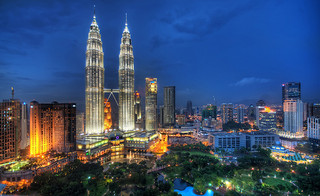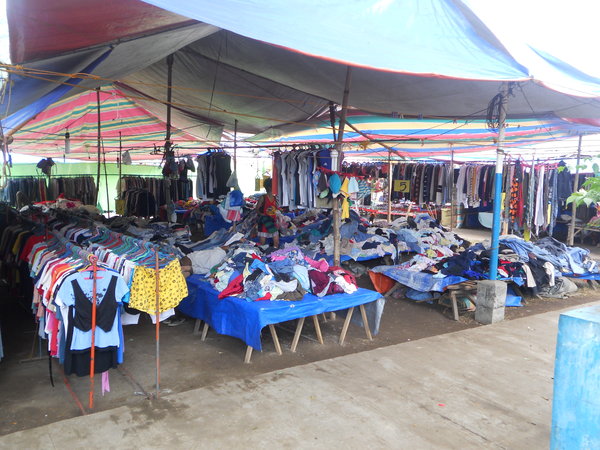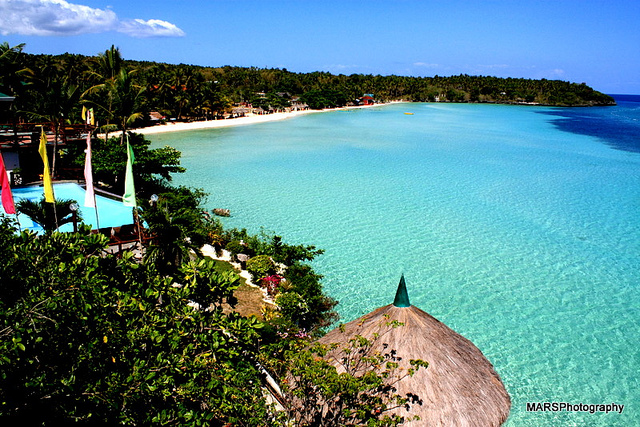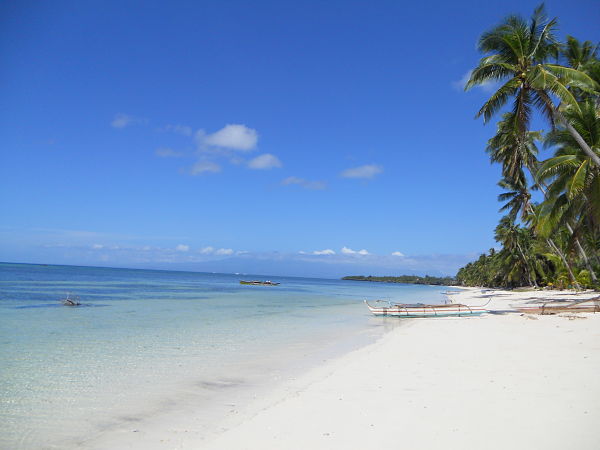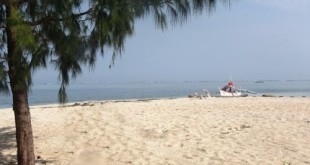Having a row with the neighbor occasionally happens, and that’s what has been happening to Malaysia and the Philippines lately (although the “fight” is more like between the Filipino heirs of an ancient sultanate and the Malaysian government).
The two countries are presently involved in a territorial dispute concerning Sabah, Malaysia’s easternmost state and second largest after Sarawak. Sabah shares a border with Indonesia’s East Kalimantan, and a motorboat distance from Southern Philippines’ Sulu Archipelago (hence, Sulu’s reputation as a back door to Malaysia).
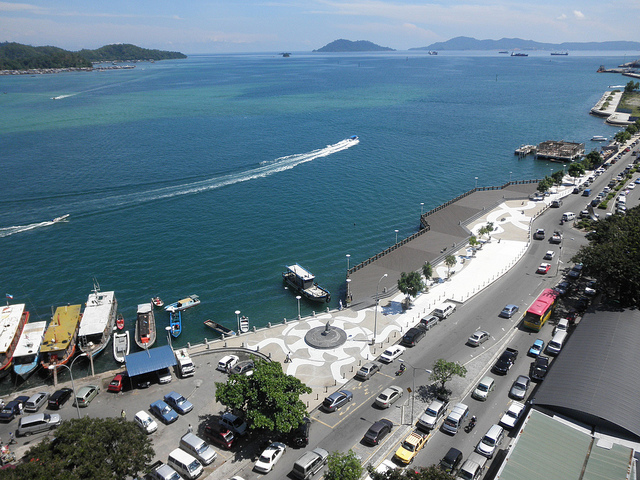
The heirs to the Sultanate of Sulu, who recently declared a “homecoming,” claim that Sabah was only leased to the British North Borneo Company, but that the sultanate never relinquished its sovereignty over the territory. For its part, Malaysia considers Sabah its legal territory because its actual residents elected to be part of the Malaysian Federation in the 1963 polls. The International Court of Justice granted Sabah to Malaysia on this premise.
The recent friction over this territorial ownership has generated concerns that tourism may slow down or that tourists may be stranded while the standoff ensues. The Malaysian government, however, reported that tourism, particularly those routed to Kota Kinabalu in Northwest Borneo (the larger land mass of which Sabah is only a part of), remains unaffected despite the situation. (Lahad Datu, where the actual stand off drama unfolds, is opposite Kota Kinabalu, on the east coast of Northern Borneo.)
On the Philippine side, however, travel to Sulu and member provinces of the Autonomous Region in Muslim Mindanao (which includes the provinces of Basilan, Lanao del Sur, Maguindanao and Tawi-Tawi) may pose serious risks as no one is reportedly allowed to enter nor leave Sulu as the incursion (or departure) may be construed as attempting to give the Sultan’s men aid or spying for the Sultanate.
One of the southwesternmost provinces of the Philippines, Sulu has long been a political hotbed and an oft off-limit destination to mainstream travelers because of the risk its political situation poses. Only the most intrepid travelers dare to cross over to the “Bangsamoro” (literally, Moro nation) territory if only to cross out all the Philippine provinces off their bucket list. Indeed, travelers earn bragging rights if they do make it back to the “Philippines” in one piece. (Bangsamoro has long existed before the Spanish conquest, and consider themselves a sovereign people.)
Frequently beset by insurgencies (or as mainstream Filipino media portrays), Sulu’s potential for tourism has been largely eclipsed by regular reports of civilians and travelers getting kidnapped or caught in crossfire.
The Sulu Archipelago – that chain of islands that jut out of southwest Philippines and reach out to Borneo – is home to some of the most pristine beaches in the country explored by only those determined enough to see the province for what it really is and not what the popular tri-media portrays it to be. Their efforts and stout-heartedness are always rewarded with staggering beach views that even the locals are not privy to. Panampangan Beach off the coast of Tawi-Tawi (one of the provinces in the Sulu Archipelago) has only been recently “discovered” by a local travel blogger who was the first “outsider” to have gleaned an inside view to Sulu’s natural wonders.
Whatever natural beauty Sulu exudes beneath the surface is largely upstaged by news of political unrest. Even the Philippine government’s recent effort to boost tourism by constructing a hostel in Kahikukuk, a small island village floating in the vastness of Celebes Sea, now appears to be cancelled out by the current peace and order situation. Unless the situation in this part of the Philippines drastically changes, then Panampangan Beach and all other beaches in this corner of the country may well remain undiscovered.
